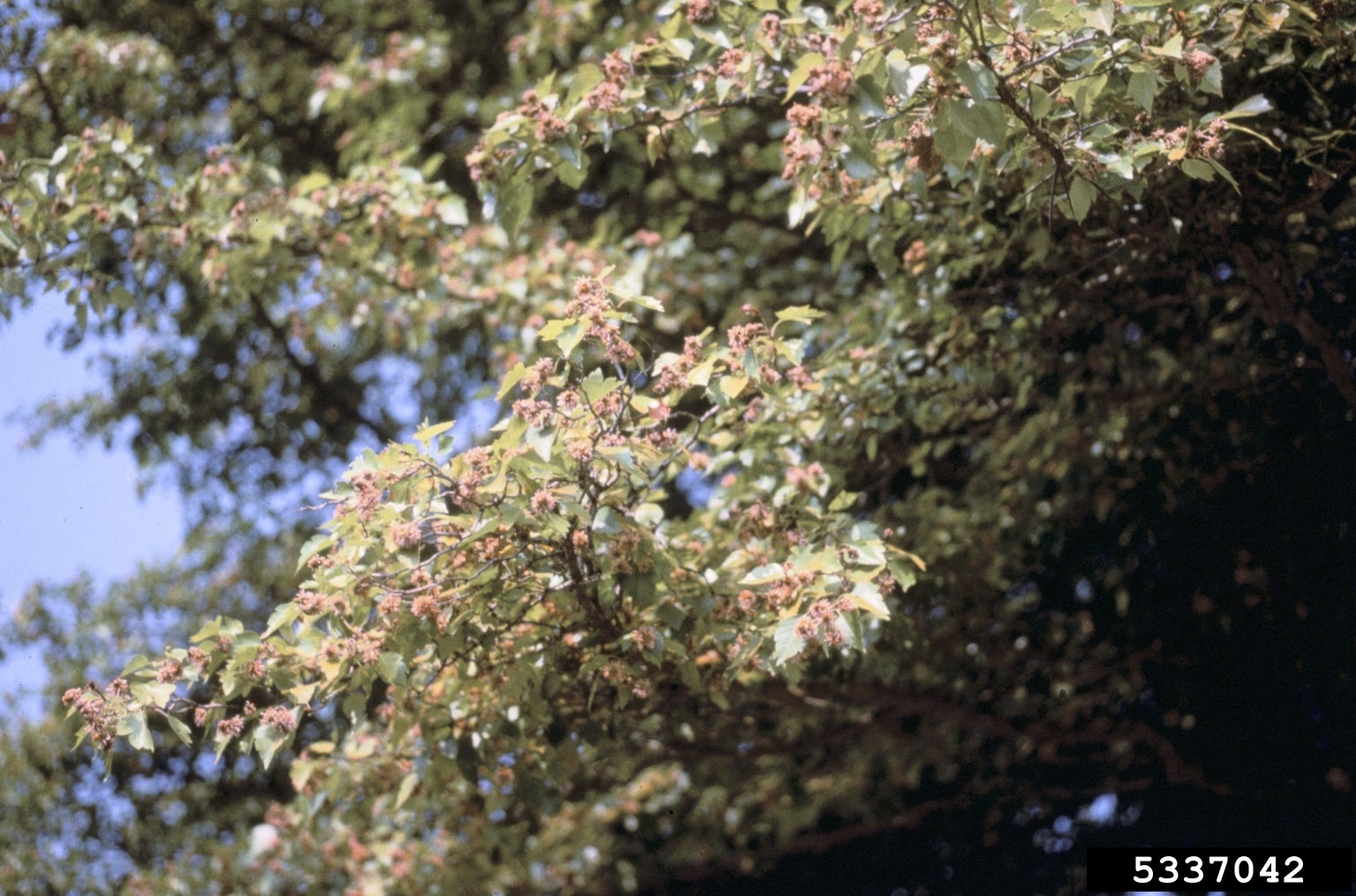Cedar Quince Rust Of Mayhaw Trees: Symptoms Of Mayhaw Cedar Rust


Mayhaws are old-fashioned, backyard fruit trees. They are not commercially grown in numbers sufficient enough to warrant much study on the diseases of these trees and their cures, however. Mayhaw cedar quince rust is a common problem on these plants. It affects fruits, stems and leaves and is considered extremely destructive. A few management strategies can help reduce the incidence of rust on mayhaw.
Symptoms of Rust on Mayhaw
Quince rust, or cedar quince rust, is a serious disease of pome fruits, one of which is the mayhaw. The disease is a fungal issue that appears in spring. Cedar quince rust of mayhaw actually comes from cankers on cedar trees. These cankers bloom and the spores travel to pome fruit trees. The fungus also infects quince plants. Controlling mayhaw cedar rust in members of the rose family requires early pre-bloom fungicide application. Apples, quince, pears, and mayhaw are prey to this disease. The twigs, fruit, thorns, petioles, and stems are most commonly affected in mayhaw, with symptoms rare on leaves. After the tree is infected, signs show up in 7 to 10 days. The disease causes plant cells to swell, giving tissue a swollen appearance. Twigs develop spindle-shaped protrusions. When leaves are infected, it is the veins that are most evident, with swelling that eventually contributes to the leaf curling and dying. The fruit fails to mature and ripen when infected with mayhaw cedar rust. It will become covered in white, tubular projections which split in time and show orange spore formations.
Treating Mayhaw Quince Rust
The fungus Gymnosporangium is responsible for mayhaw cedar quince rust. This fungus must spend part of its life cycle on a cedar or juniper plant. The next step of the cycle is to jump to a plant in the Rosaceae family, such as mayhaw. In spring, cedars and junipers with the infection form spindle shaped galls. These galls have evident orange spores and are perennial, meaning their infection potential returns each year. Wet and humid weather promotes the formation of the spores, which are then transported to pome plants by wind. Mayhaws are most susceptible to infection as blossoms open up until petal drop. There are no mayhaw varieties with resistance to this type of rust disease. If at all possible, remove any juniper and red cedar plants within the vicinity of the tree. This may not always be practical, as the spores can travel several miles. The fungicide, myclobutanil, is the only treatment available to home gardeners. It must be applied as soon as flower buds appear and again prior to petal drop. Follow all manufacture instructions and precautions. Alternatively, use the fungicide on infected cedars and juniper early in the season and several times until dormancy in winter.
Gardening tips, videos, info and more delivered right to your inbox!
Sign up for the Gardening Know How newsletter today and receive a free copy of our e-book "How to Grow Delicious Tomatoes".

Bonnie Grant is a professional landscaper with a Certification in Urban Gardening. She has been gardening and writing for 15 years. A former professional chef, she has a passion for edible landscaping.
-
 Grow ‘Karl Rosenfield’ Peony Plants For The Ultimate Frilly Border Beauties And Cut Flowers
Grow ‘Karl Rosenfield’ Peony Plants For The Ultimate Frilly Border Beauties And Cut FlowersFor frilly double magenta peony petals infused with a heady fragrance, grow ‘Karl Rosenfield’ peony plants. Here’s how to cultivate the ultimate plushy blooms
By Tonya Barnett
-
 10 Common Composting Problems That Can Spoil Your Garden Gold – Plus Easy Fixes
10 Common Composting Problems That Can Spoil Your Garden Gold – Plus Easy FixesLearn how to troubleshoot common composting issues before they ruin your stash – from bad smells and bugs to materials not breaking down as they should.
By Susan Albert